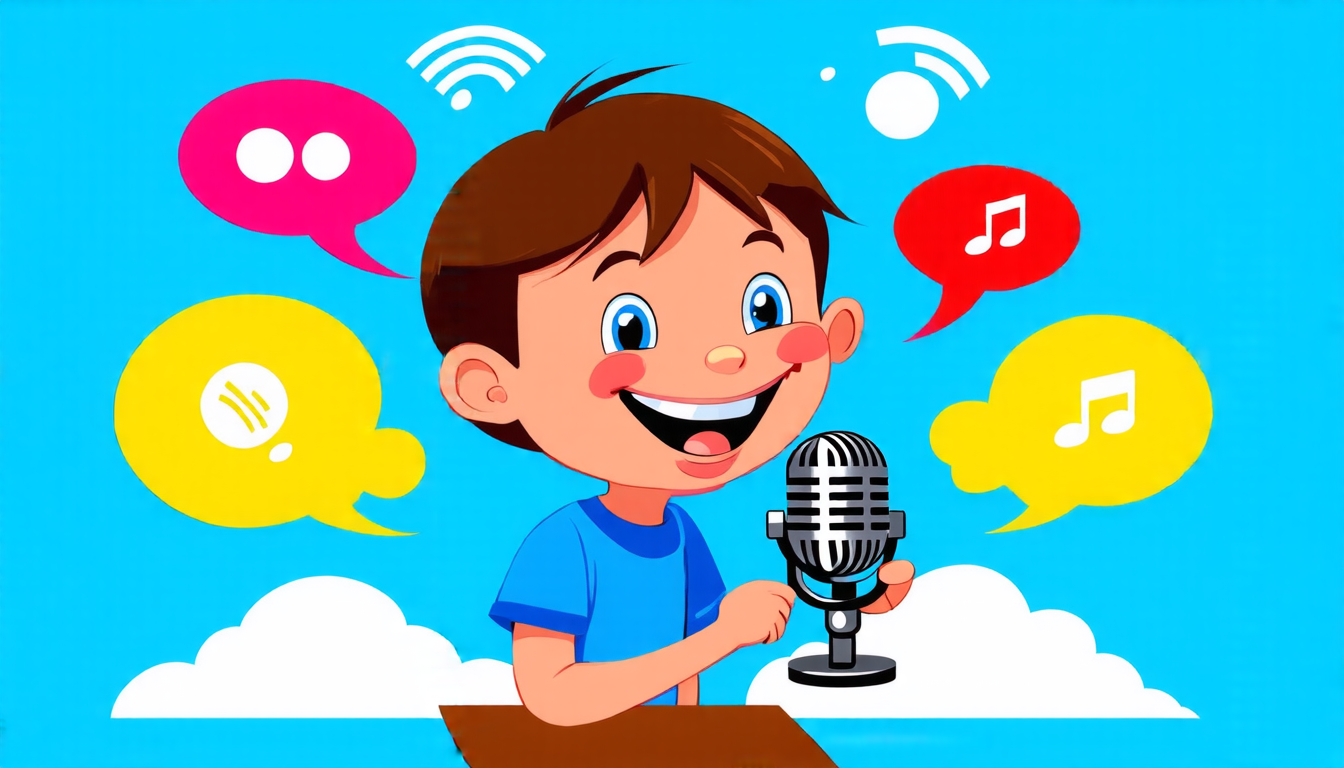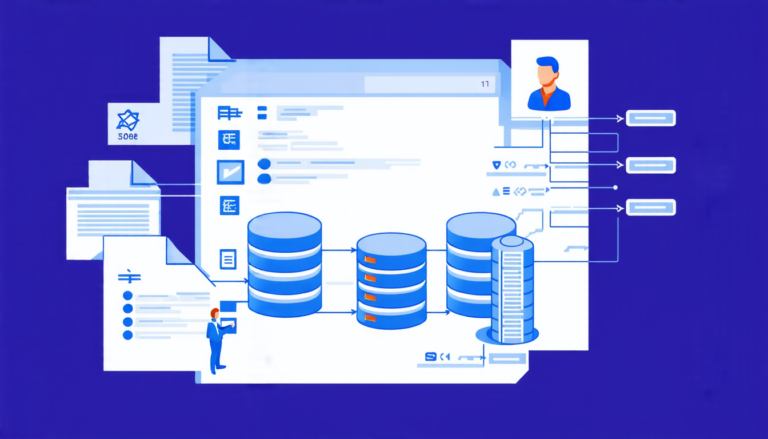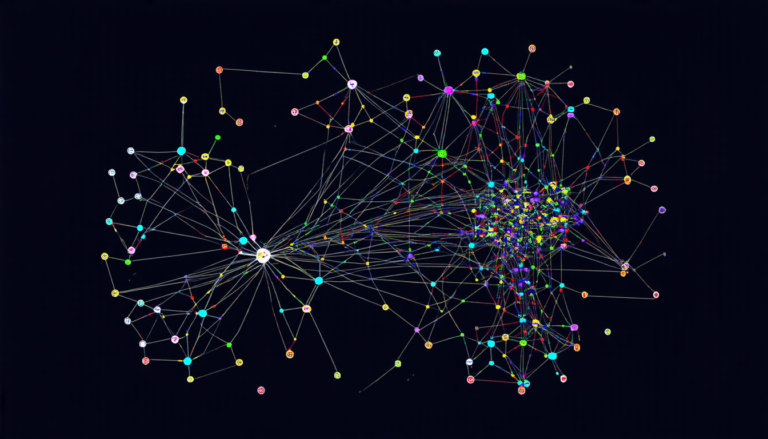Wednesday 06 August 2025
In a significant breakthrough, scientists have developed a system that can accurately evaluate children’s language skills by analyzing their speech patterns. The innovative technology, dubbed K-Function, uses artificial intelligence to transcribe and analyze the sounds made by young children, providing a comprehensive assessment of their language abilities.
Traditionally, evaluating children’s language skills has been a time-consuming and labor-intensive process, requiring experts to manually listen to hours of audio recordings and score their findings. This approach is not only impractical but also prone to error. K-Function aims to revolutionize this process by using machine learning algorithms to quickly and accurately assess a child’s language abilities.
The system works by analyzing the phonemes – individual sounds – made by children during speech. By comparing these sounds to those of fluent speakers, K-Function can identify areas where a child may be struggling with pronunciation or articulation. This information is then used to provide a detailed report on the child’s language skills, including suggestions for improvement.
One of the key advantages of K-Function is its ability to analyze children’s speech patterns in real-time. This means that teachers and clinicians can use the system to quickly identify areas where a child may need additional support, allowing them to tailor their instruction and therapy sessions accordingly.
The implications of this technology are far-reaching. By providing an objective and standardized assessment tool, K-Function has the potential to improve language outcomes for children with speech disorders or language learning difficulties. Additionally, the system could be used to screen large numbers of children quickly and efficiently, helping to identify those who may require additional support at an early age.
The development of K-Function is a testament to the power of collaboration between experts in artificial intelligence, linguistics, and education. By combining their knowledge and expertise, researchers have been able to create a system that has the potential to make a real difference in the lives of children around the world.
In the future, it’s likely that K-Function will continue to evolve, with developers working to improve its accuracy and adaptability. As the technology advances, it may also be used in other areas, such as speech therapy or language teaching. Regardless of where it ends up being applied, however, one thing is clear: K-Function represents a major step forward in our ability to assess and support children’s language skills.
Cite this article: “K-Function: Revolutionizing Language Assessment for Children”, The Science Archive, 2025.
Language Skills, K-Function, Artificial Intelligence, Children, Speech Patterns, Phonemes, Machine Learning, Language Assessment, Education, Speech Therapy







